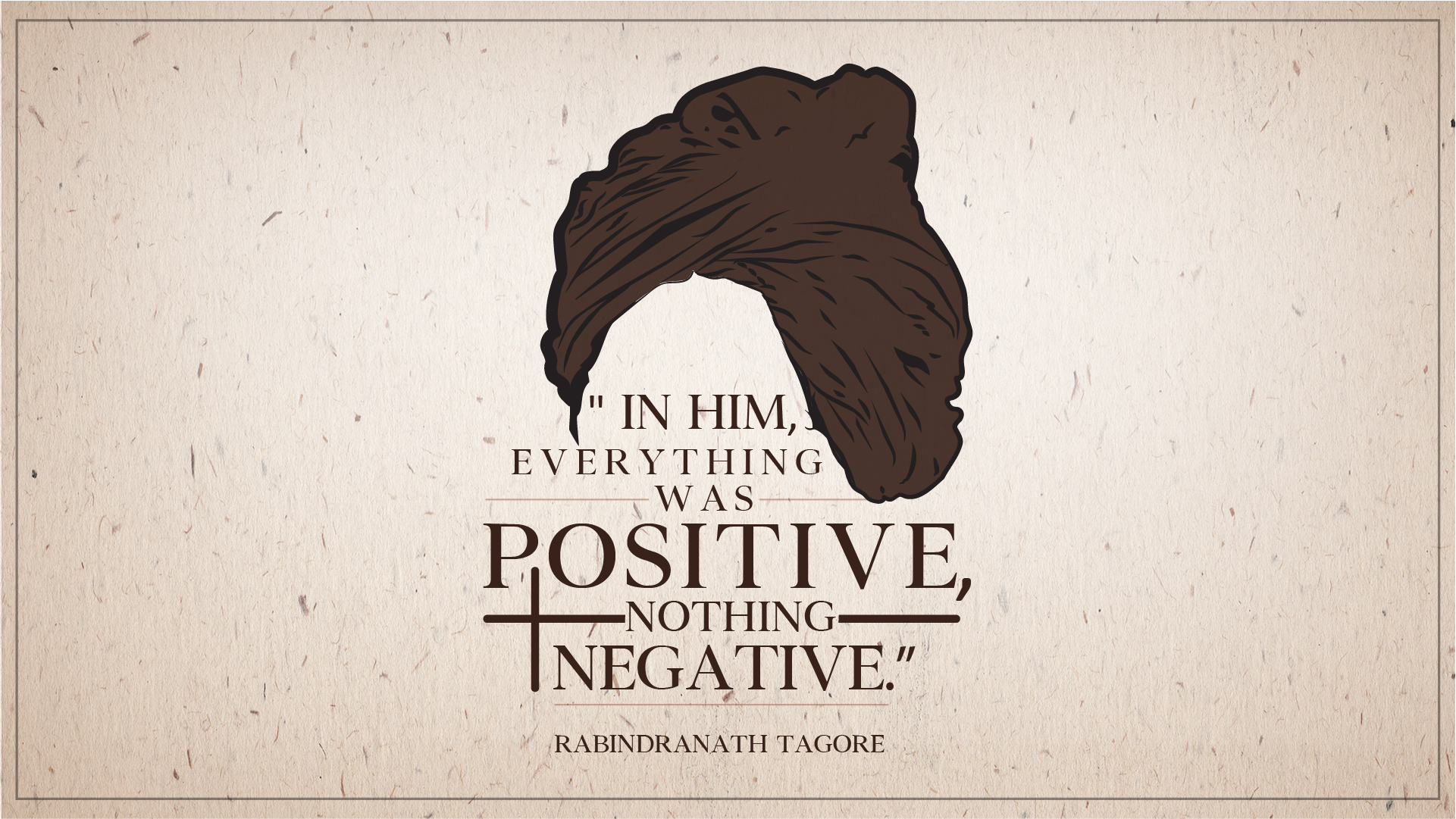6 ways in which Ramakrishna Paramhansa can make you a better teacher.

Ramakrishna Paramhansa is a much beloved figure in Bengal, remembered with affection for his good humour, his loving personality, and the penetrating simplicity of his insight. He was a key figure of the Bengal Renaissance. His influence was deep and widespread. If the goal of a teacher is to inspire students, then Ramakrishna was a great teacher indeed. What made this humble mystic, born to a poor Brahmin family from Hooghly, one of the most effective teachers India has ever seen? A study of his life and work reveals some simple principles that he followed.
Focus on your toughest student. Ramakrishna’s most famous student was Narendranath Datta, who later became Swami Vivekananda. At this stage of his life, Narendranath was a questioner of beliefs. At his first meeting with Ramakrishna, he demanded to know whether he had actually seen God, to which Ramakrishna replied serenely that he had. Narendranath would continue to test Ramakrishna’s beliefs, but Ramakrishna was gently persistent. Eventually, as Swami Vivekananda, Narendranath would become leading disciple, and a powerful advocate for the Advaita philosophy.
Use the power of love. The Western tradition of education is based on a cold, aloof teacher, who provides rigour, discipline and the occasional spanking. Ramakrishna, in direct contrast, believed in the warmth of the guru-shishya system, which he took to a new level. Observers have commented on how he was affectionate towards all, even those who disagreed with him. On one occasion, Ramakrishna asked Narendranath, ‘If you do not believe in what I say, then why do you come? ‘Because I love you, was his reply’.
Experience what you teach. As a spiritual guide, Ramakrishna never discussed the divine as a theory. He tried to experience it in different ways, under different gurus. He wanted his knowledge of the subject to be personal. He completed all sixty-four major tantric sadhanas by 1863. He practiced Kundalini Yoga. He worshipped the God Rama as Hanuman. He immersed himself in the Vaishnav tradition. He went through the formal rituals of Sanyaas. These different types of experiences brought him clarity, and helped him to attract different types of followers.
Broaden your horizons. Ramakrishna was not constrained by narrowness of vision. His search for the divine transcended his own faith. He spent days practicing as a Muslim, and as a Christian. During these periods, he immersed himself completely, temporarily setting aside other Gods and Goddesses. This helped to strengthen and clarify his belief in the Advaita philosophy, which states that all is in God, and God is in all. His rich personal experience allowed him to state his position with authority and confidence.
Entertain and engage. Ramakrishna loved to entertain his audiences. His use of language was unique. His speeches were a mixture of village Bengali and classical Sanskrit. He enjoyed speaking in different voices. When he mocked those devoted to power and money, he would copy their speech and mannerisms. He told stories and parables. He had a strong sense of fun, and enjoyed debates. His method of teaching has been compared with that of Socrates.
Simplify the message. Ramakrishna used simple words to make complex philosophical ideas easy to understand. He took the weight of tradition, and made it light as a feather. To convey the absurdity of materialism, he said ‘Taka mati, mati taka’ or ‘Money is mud, mud is money’. To promote acceptance and unity, he said ‘Joto mot, toto poth,’ or ‘As many views, so many roads’.
At a time when professors are in love with big words, and students question the value of their degrees, his teaching methods are worth studying.

















